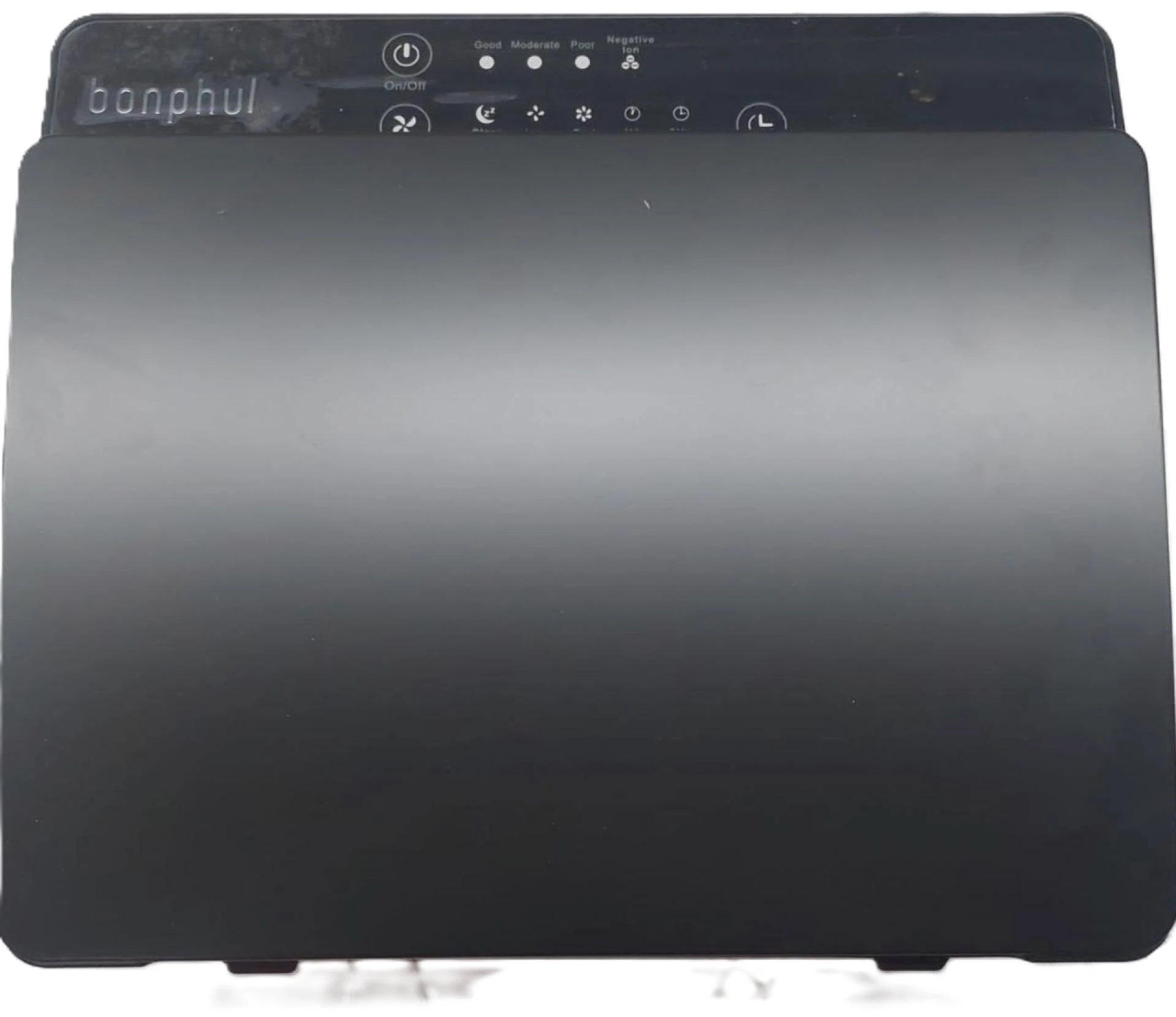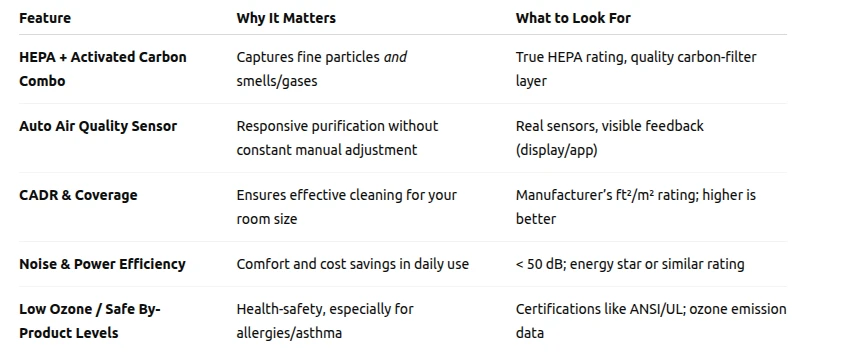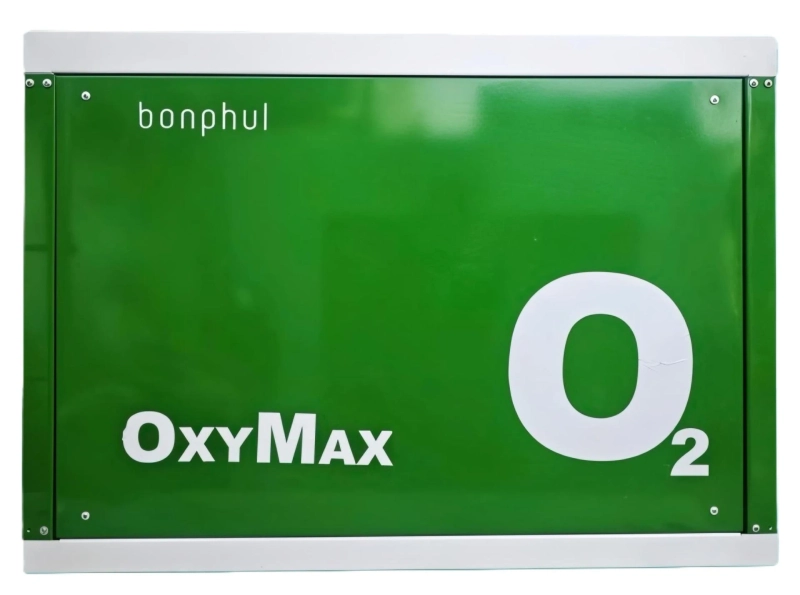An effective air purification system must include key features like HEPA filtration, air quality sensors, and low noise — read on to discover what makes some systems stand out over others.
Did you know: A rising demand for clean indoor air
Did you know that over 33 million U.S. households used air purifiers in 2023, as concern over allergens, smoke, and airborne disease continues to grow? This surge shows many people now value a robust air purification system more than ever — and not all systems are created equal.
Key Elements of a High-Performing Air Purification System
Here are the must-have features you should find when evaluating an air purification system:
Filtration Efficiency & Filter Type
- True HEPA filters (H13 or H14) capable of capturing particles as small as 0.3 microns (some even ≤ 0.1 microns).
- Multi-stage filtration, combining pre-filters (for dust, hair), activated carbon filters (for odors, VOCs), and possibly UV or photocatalytic oxidation stages.
- Easy filter replacement / long filter life with reminders.
Air Quality Sensors & Smart Controls
- Built-in air quality sensors (PM2.5, VOCs, sometimes CO₂) that adjust fan speed automatically.
- Real-time display or app-based monitoring of indoor air quality.
- App or voice control, scheduling, remote adjustments.

Clean Air Delivery Rate (CADR) & Room Coverage
- Check the CADR rating: how quickly the device cleans air (higher is better, especially for larger rooms).
- Match the purifier capacity to room size — undersized units underperform.
Noise Level, Power Usage, & Maintenance
- Quiet operation (especially on low or auto mode) — under 50 dB is good for bedrooms or shared spaces.
- Energy-efficient mode — ideally conforming to energy standards or certifications.
- Filter maintenance needs: replacement frequency, cost, and ease.
Safety Features & By-Product Control
- Low or zero ozone emissions (check certifications).
- Sealed systems that prevent unfiltered air bypass.
- Safe operation around children, pets, or in sensitive environments.
Design, Aesthetic & Portability
- Portable units or whole-room / central systems depending on your space.
- Features like wheels, handles, compact footprint.
- Design and usability — controls should be intuitive.
Comparing Leading Features: A Table

Real-Life Case Studies & Expert Insights
Case Study – Family Exposed to Wildfire Smoke
During a recent wildfire event, a family in California installed a system with true HEPA + activated carbon and built-in air sensors. Within hours, indoor PM2.5 dropped by over 50%, improving sleep quality for all household members.
“What counts is not just turning on a purifier, but matching its performance to the room and continuously monitoring air quality.” — Dr. Elaine Thompson, Indoor Air Quality Specialist
Expert Quote
“A system that only filters particles but ignores VOCs or gaseous pollutants is only solving half the problem — a full spectrum approach means healthier air overall.”
— Prof. Rajiv Kumar (University Environmental Institute)
How to Choose the Right Air Purification System for Your Needs
Ask Yourself These Questions
- What are the main pollutants in your environment? (Smoke, allergens, chemicals, odors, pathogens?)
- What’s the size of the room(s) where you’ll use it?
- Do you need mobility / portability or fixed installation?
- What noise levels can you tolerate — especially at night?
- What’s your maintenance budget for filters and energy use?
Emphasize Long-Term Benefits
- Cleaner air = better sleep, fewer allergy symptoms, improved well-being.
- Systems with proper sensors and auto modes reduce guesswork and energy waste.
- Investing in a quality air purification system pays off over lower-end units that don’t perform well.
Ready to take your indoor air quality to the next level? Discover how thousands are transforming their homes and workplaces — click here to join the movement!
FAQs About Air Purification Systems
Here are answers to common questions people also ask:
How often should I replace filters in an air purification system?
Typically every 6-12 months for HEPA filters (or sooner if sensors indicate poor air quality), and activated carbon filters may need more frequent replacement depending on odors and VOCs.
Are air purification systems effective against viruses (like COVID-19)?
Many high-quality systems with true HEPA filters can reduce airborne particles that carry viruses; however, they do not guarantee full protection — best used as part of a broader strategy (ventilation, masks, etc.).
Do air purification systems produce ozone, and is that dangerous?
Some systems (especially those using ionizers or ozone generation) can emit ozone, which can irritate lungs. Always look for low ozone certifications and avoid units which generate ozone beyond safe thresholds.
What’s the difference between HEPA filters and activated carbon filters?
HEPA filters capture particulate matter (dust, pollen, smoke), while activated carbon filters absorb gases and odors (like VOCs, smoke odor, fumes). The best systems combine both.
Can one purification system clean the whole house?
It depends. For open floor plans, units with high CADR or whole-home systems work, but typically you’ll need more than one unit for larger homes or separate rooms to ensure coverage.
Conclusion
A top-tier air purification system includes true HEPA filtration, activated carbon, responsive sensors, adequate CADR, quiet operation, safe by-products, and easy maintenance.
At Hubeco Green Ventures Pvt Ltd, we believe that clean air is more than a luxury — it’s a fundamental right. Whether for your home, office, or commercial space, our solutions are built to deliver long-lasting performance, health benefits, and peace of mind. Evaluate your environment, identify what matters most, and let us help you choose or design an air purification system that truly supports your well-being and the well-being of those you care about.


